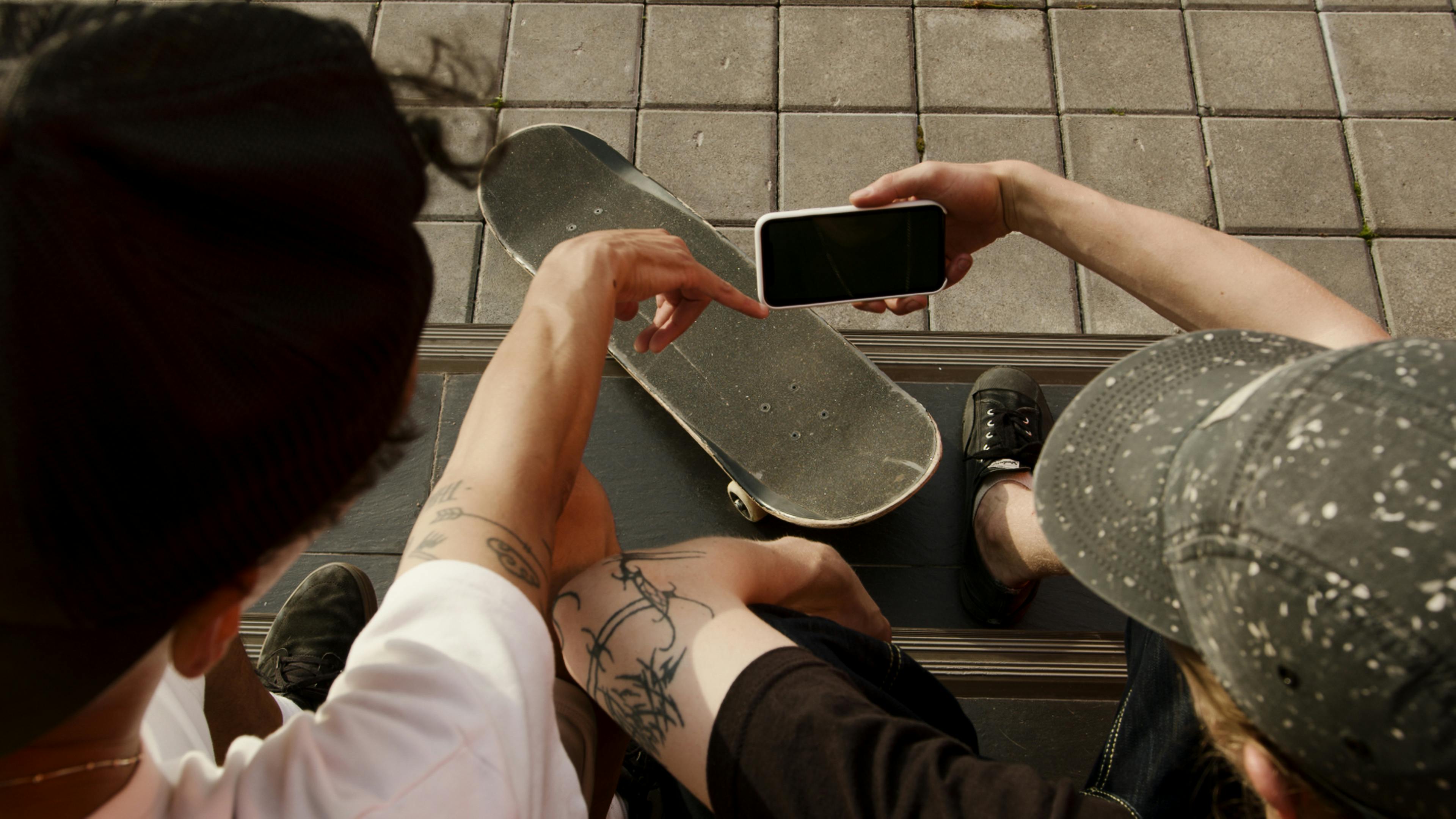
Effective Ways to Transfer Apps from Android to Android in 2025
Transferring applications from one Android device to another has become an important task for many users in 2025. Whether upgrading to the latest model or switching brands, app migration ensures you carry over your essential apps and settings without losing data. This article delivers a comprehensive guide on effective methods to transfer apps, covering everything from wireless options to USB transfers, ensuring you find the easiest solution tailored to your needs.
With the continuous advancement in technology, mobile transfer apps and systems have improved significantly, allowing users to migrate applications effortlessly. Each method comes with its unique benefits and challenges, which we’ll explore in-depth. Additionally, understanding the best practices for backing up and restoring apps will enhance your experience during the transfer process.
By the end of this guide, you will know various techniques to move apps effectively, backed by expert recommendations for optimal app migration in 2025.
Key Takeaways: Discover multiple effective ways to transfer apps, how to back them up, and tips for ensuring successful app migration.
Essential Steps for Android to Android Transfer
Understanding the essential steps for transferring apps from Android to Android is crucial for a smooth transition. Begin with evaluating your current device and the new Android device's compatibility, as app compatibility plays a significant role in the migration process. Here’s how to approach your Android device switch efficiently:
Backup Existing Apps and Data
Before initiating an Android app transfer, it’s vital to back up all your data. Utilizing Android's inbuilt backup features, you can easily create a snapshot of your app data, settings, and personal files. Approach this by navigating to the settings menu, selecting 'Backup,' and ensuring that both 'Apps' and 'Settings' are included in the backup list.
Choose the Right Transfer Method
There are multiple transfer methods available for Android to Android app migration. Each comes with its benefits: wireless transfer via NFC or Bluetooth for casual sharing, using cloud storage services like Google Drive for off-device transfers, or USB transfer for faster data handling. Decide based on your specific needs and the size of your app collection.
Install and Set Up Data Migration Tools
Data migration tools are designed to simplify the app transfer process. Popular choices include Samsung Smart Switch, Google’s data transfer tool, and various third-party apps like SHAREit. Each tool typically provides a step-by-step setup guide, making it easy for users to navigate through the transfer process and ensuring app data sync as needed.
This approach ensures your apps, along with their respective data, migrate seamlessly. Moving forward, we explore various methods available for transferring apps.
Wireless Transfer Methods for Apps
Wireless transfers have become one of the most utilized options for app migration. These methods are convenient, making use of Bluetooth, NFC, or Wi-Fi Direct functionalities available on most Android devices. Let’s examine popular wireless methods for transferring apps:
Bluetooth Transfer
Bluetooth transfer provides a simple way to move apps between Android devices. To use Bluetooth, ensure that both devices have Bluetooth enabled, then select the app you wish to transfer, initiate sharing, and select the receiving device. However, this process can be slower for larger apps due to file size limitations.
NFC App Transfer
NFC app transfer takes advantage of near-field communication technology to facilitate app migration. With both devices having NFC enabled, simply tap them together, and follow the prompts to start transferring the selected app. This method is swift and requires no complex setup, making it user-friendly.
Wi-Fi Direct Transfer
Wi-Fi Direct allows for high-speed transfer by establishing a connection between the two devices without requiring an internet connection. You can select the app to transfer via your file manager and choose the target device for immediate transfer. Wi-Fi Direct minimizes transfer time, making it suitable for moving larger applications.
Utilizing USB Transfer for App Migration
USB transfers present a robust solution for app migration, especially when merging large amounts of data. Compared to wireless options, USB connections generally allow for quicker file transfer rates and more comprehensive backup capabilities. Here’s how to optimize the experience:
Setup for USB Transfer
To initiate a USB transfer, begin by connecting your old Android device to a computer via a USB cable. Enable 'File Transfer' mode when prompted on your device. Then, create a folder on your computer to temporarily store the app files you plan on transferring.
Copying Apps from the Old Device
Access your application folders on the old device through the computer and drag them into your dedicated folder on your computer. This ensures a complete data copy that includes app settings and preferences that might otherwise be ignored by standard transfer methods.
Transferring Apps to the New Device
After securing the apps on the computer, disconnect the old device and connect the new Android device. Copy the apps from your computer folder back to the corresponding installation directory on your new device. Once completed, simply install the APKs and check if all settings are properly configured.
USB transfers are especially effective for complete app data migrations and can help streamline your entire Android device switch. Now, let’s transition to exploring cloud backup strategies for app transfers.
Cloud Backup Methods for App Transfer
Cloud services have revolutionized the app migration process. Utilizing platforms like Google Drive or Dropbox can provide a reliable method for back up and restoration. Here are ways to take advantage of cloud backup services for transferring apps:
Backing Up Apps via Google Drive
For many Android users, backing up their apps through Google Drive offers a seamless solution. Within your settings, enable 'Backup to Google Drive,' ensuring that apps and settings are automatically synced to the cloud. Once you switch to your new device, simply log in and restore your backups, which will reinstall all your previous applications.
Using Third-Party Cloud Storage Services
Several third-party cloud services also offer robust backup options for app migration. Services like Dropbox or OneDrive allow you to manually upload app data and settings, making it accessible across different devices. Ensure that both old and new devices have the necessary apps installed to retrieve your data.
Considerations for Cloud Backup
While cloud backup methods provide a user-friendly way to manage app transfers, it’s critical to assess potential data limits and upload speeds. Large applications may take considerable time to upload, and bandwidth usage must be monitored, especially if capped data plans are in place.
App Restore Process After Migration
Once you’ve successfully transferred your applications, ensuring all your data has been accurately restored is vital. Here’s how to manage the app restore process effectively:
Checking App Installations
After completing the app transfer, navigate through your new device to verify that all applications have been installed correctly. Access each app to confirm that user settings and personal data have been preserved. Any discrepancies should prompt further investigation using your original backup.
Restoring App Data from Backup
Utilizing the backup made before the migration, restore any additional settings, saved files, and data that might not have transferred during the primary migration phase. This process can include app-specific settings and user preferences, which are crucial for maintaining a consistent experience.
Troubleshooting Common Restoration Issues
During the app restore process, encountering issues such as missing apps or data inconsistencies is not uncommon. In cases like these, tools like app cloning software may help restore previously unaccounted for app settings. Additionally, continually checking for device compatibility can resolve issues arising from transferring older applications to newer Android devices.

Expert Recommendations for Seamless App Migration
Understanding expert recommendations can vastly improve your experience with app migration. By incorporating these practices, users can ensure a streamlined process devoid of complications:
Plan Your Migration Ahead of Time
Preparation is key to seamless app migration. Audit your necessary apps, including any specific app settings you may want to retain. Developing a checklist of required apps aids in the process, eliminating last-minute surprises.
Utilize Trusted Migration Tools
Leverage trusted data migration tools and applications to maximize efficiency. Review recent user feedback and product reliability ratings to avoid applications that may lead to incomplete transfers or data loss.
Test Your Devices for Compatibility
Before initiating app transfer, ensure that both your old and new devices are compatible with the applications being migrated. This avoids unnecessary delays caused by app incompatibility, streamlining the entire transfer process.
Arming yourself with these expert recommendations can enhance your preparation and execution during the app migration process significantly. Finally, we will answer common queries about transferring apps effectively.
Q&A: Common Questions about App Transfers
1. What is the easiest way to transfer apps from Android to Android? The simplest method typically involves using built-in features in your device settings or dedicated migration tools like Google’s data transfer tool, which can streamline the process for you.
2. Can I transfer apps without an internet connection? Yes! USB transfers, Bluetooth, and NFC transfer methods allow you to migrate applications without needing an internet connection.
3. How do I know if apps have transferred successfully? After migration, check each app for functionality and ensure saved settings or data is intact. If discrepancies arise, restoring from your backup can help recover lost information.
4. Are there risks associated with transferring apps? Some risks include potential data loss if backups are not correctly performed, compatibility challenges with different Android versions, and missing app settings. Meticulous preparation and reliable tools can mitigate these risks.
5. What tools do you recommend for app migration? Trusted migration tools such as Samsung Smart Switch and cloud backup solutions like Google Drive are excellent choices for ensuring smooth and efficient app transfers between Android devices.
